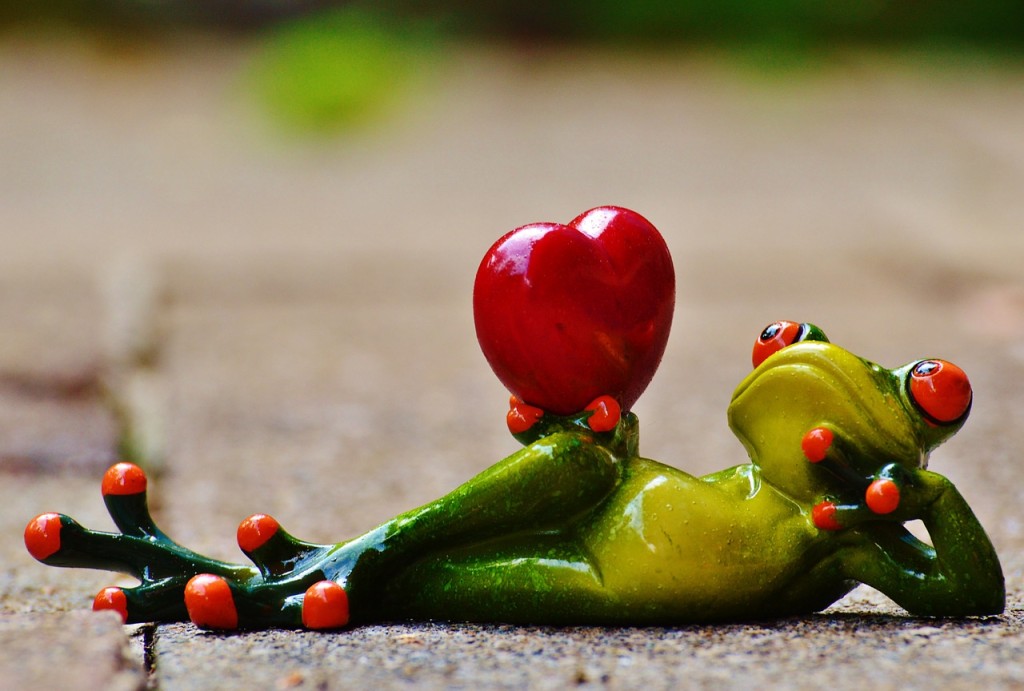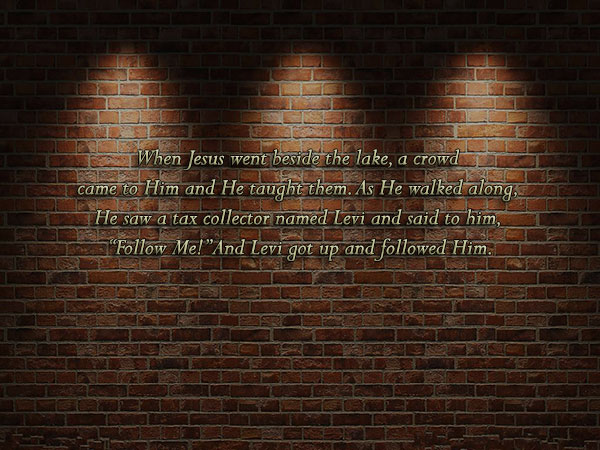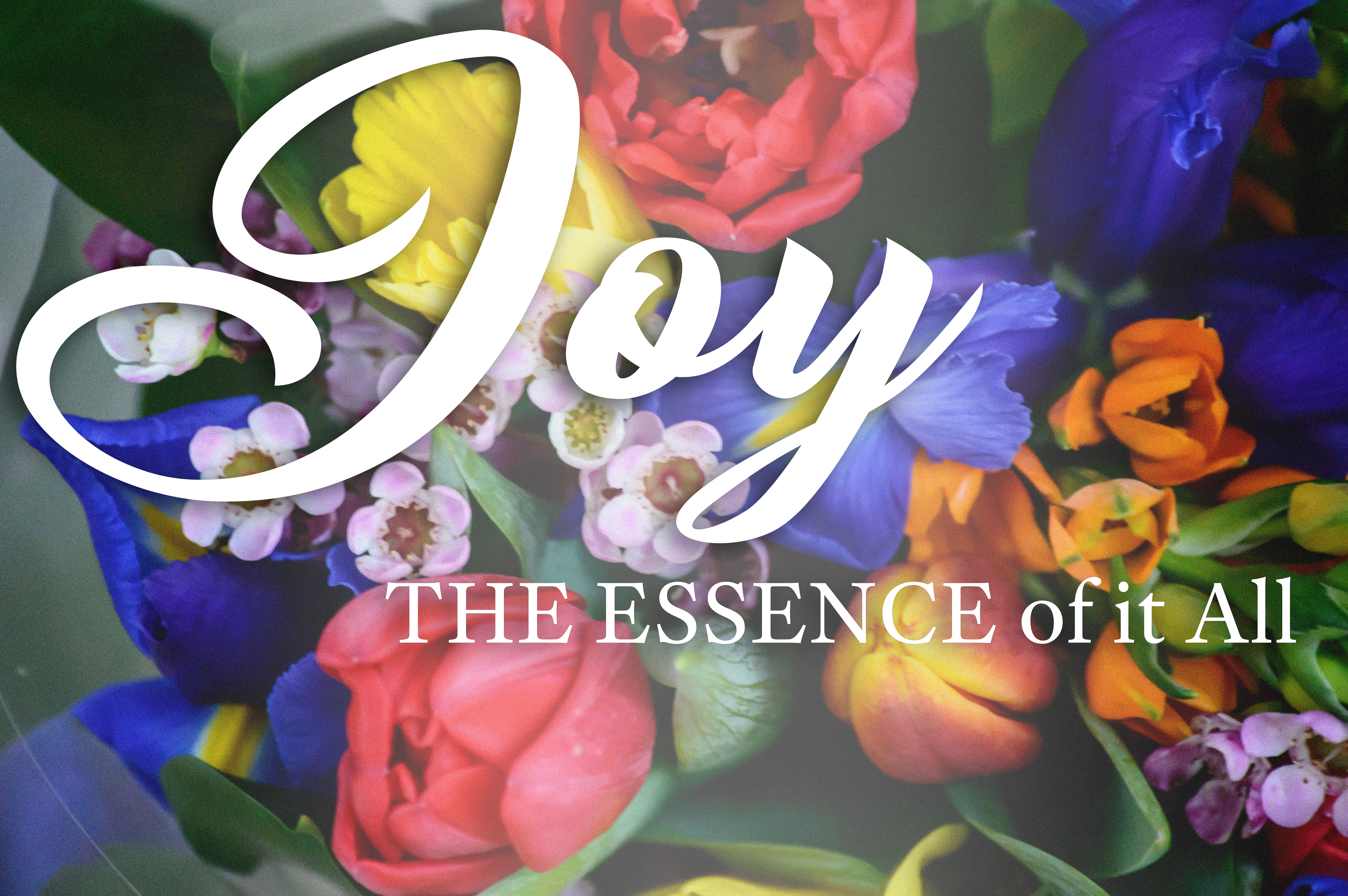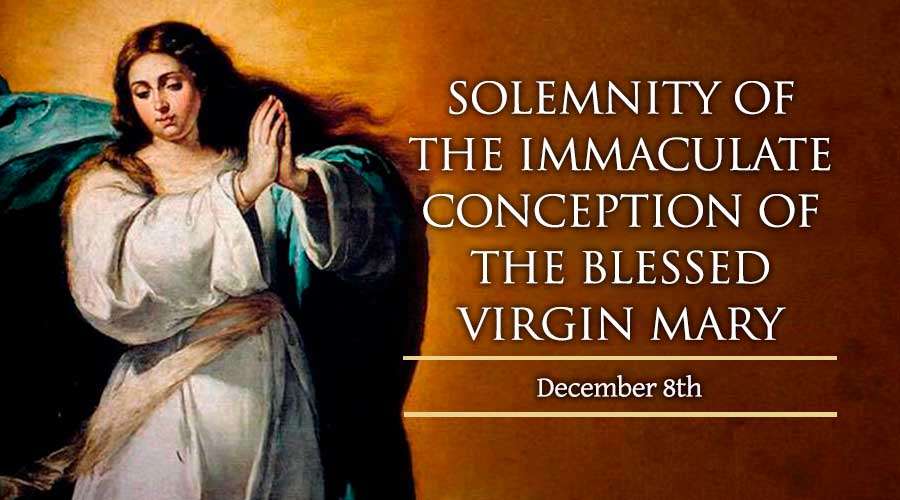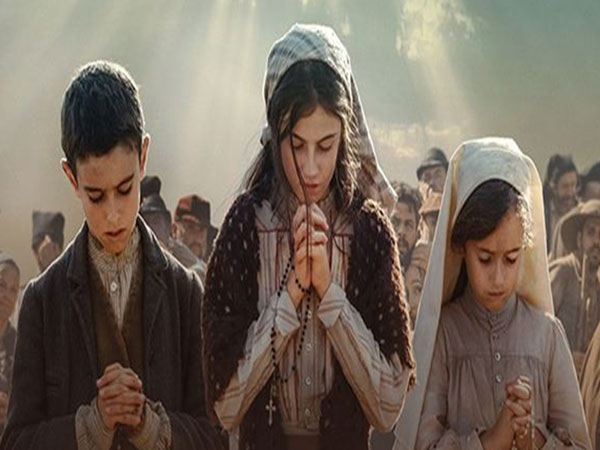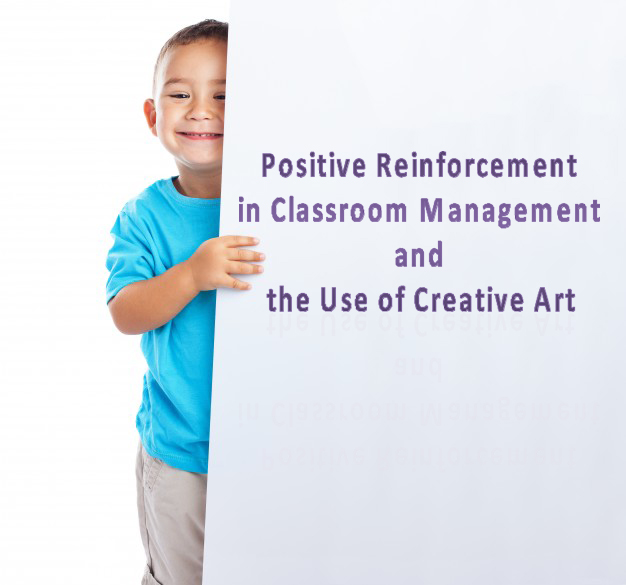
by maria lourdes de vera
Working with children has always been a meaningful space. It gives me satisfaction and fulfillment whenever I see children smile and be happy. This cause for the children whether they are special needs children or the exceptional ones, every child deserves a happy environment. I have found the passion for teaching, joy in learning and simple discovery doing creative works with all sorts of children. Naughty or nice, children will always be children. They must be cared and loved for at home, in school and in the community. I think the kingdom of childhood must be kept for the children.
Nurturing their artistic nature brings a sensitive child who will one day become compassionate builders of world they are part of. Nourishing their unique capabilities helps every child develop what they are capable of doing and eventually what they can share in the community – to the world. A child with broken dreams is an unhappy person. We need are healers and peacemakers to make happy environment. Art is a way of healing what cannot be easily mended. It is also a way to connect.
The use of different forms of visual arts, as drawing, painting and the use of different mediums as watercolor, acrylic, oil, pigments. and so on, Exploring sculpture, clay modeling, and pottery clay, there are types of dances from classical to current day dance steps. the projective and personal touch of drama, Art is balanced and cannot be judged because it is art. So it becomes a unifying experience that helps build and connect.
Positive reinforcement is the use of activities that will reinforce assurance, acceptance, affirmation, and appreciation of the child’s capabilities as an individual and within the context of and in relation to the whole. However, I would always add that it should be done with the thought unconditional and an authentic affection in the light of the child. Positive reinforcement is an effective social learning experience.
It all started as a childhood play, pretending to teach to my siblings, then my cousins, then my fellow music students, I have found that the better way to facilitate learning is to focus on the strengths as a redeeming factor to balance the weakness. Then working with the difficulty is much easier to resolve.
Discovery can be fun. Inspire children to creatively share that ease and comfort using socialized learning as a starting point. A community that contributes and shares, celebrates possibilities, builds on what works and maintains the beauty of openness. Fostering a non-competitive environment that focuses on Appreciation of the child, Affirmation of abilities, Mastery of existing and Acquisition of new skills. That is an expression of beauty. We all have something good, beautiful and true to collectively share. It is a matter of finding balance and harmony.
Past 18 years, I would like to say that in my personal Jurassic years, I started a model for teaching and learning and developed it as a baccalaureate thesis proposal, All the knowledge I collected, experiences gained and had the opportunity to practice I applied in different areas from school, hospital, to community settings. It has augmented the understanding of learning, honed my teaching practice and challenged the versatility of its’ application in adult and childhood education. For a much formal and grounded reference the use of Humanistic philosophy, Developmental and Cognitive Child Development Theories, Social Child Development Theories as Foundational studies was most helpful.
An effective educational system is one that understands the learner and is able to translate these potential capacities into skills. Excellence, Efficiency and Fulfillment arises from utilizing the natural talents of the child – the source of creative spirit. Education as a catalyst for positive change caters to a Developmental and Humanistic approach. Finding courage to approach by presenting schooling in an interactive, participative and individualized path is innovation. Create the space for the child to experience meaningful learning. Schooling is a transformative space that allows for flexibility. Life creates endless possibilities. Experiencing learning, learning by doing and finding synchronicity in real life circumstances.
Education is not a goal but a process. A journey to finding fulfillment in what we are capable of doing and meaning in our ability to create. To awaken the possibility in another human being is a purple seed. Education is an Art of endless possibilities for exploring, expressing and experiencing positive education. These are some useful tips in the teaching young children.
A Globally adherent Curriculum is responsive interactive and inclusive. Responsive as it caters to a much broader understanding of cultures. Interactive because it is knowledgeable of how systems interact and inclusive because it is inclusive of the factors that influence or operate in other countries.
- Create an environment where accelerated learning is individualized thus helping each child achieve mastery of processes and to better acquire new skills based on the expected standard growth and development of the child. It encourages development of self-awareness and authentic personal leadership.
- In developing talent and classroom management: it takes a comprehensive approach to transform talent into skill then skill capability into expertise. A strategic approach is necessary for social learning. Management of class activities is culture sensitive that effectively raise cultural awareness concomitant with appreciation. Teacher must be able to manage these resources efficiently.
- Establish classroom management that supports an understanding of and promotes cohesion in a diverse class. The classroom interaction appreciates uniqueness that integrates balance and values difference as a venue for collaboration emphasizing harmony within community building. Classroom experiences supports a meaningful classroom journey integrating life values to everyday school activities. Experiments and adapts with different ways of communicating to find those which are most suitable and effective.
- The practice of inclusive leadership in varied school and classroom activities is an essential ambience that facilitates harmony. No child is left out. Developing talents and skills in diverse class composition includes sensitivity for and compassion necessary for every child in the relation to the greater whole – the class. Understands and can empathize with differences in people and cultures. It is not the dissolution of identity rather the social inclusion of diversity.
- The teacher is mindful and considerate of her impact/ effect/ or influence on the children. Strives to show and connects with children of colors. Considers different methods of teaching to collaborate with various groups and adapts behavior to suit a variety of situations.
- The teacher knows how to carry a given class. Mindful of what motivates every child. Finds the time to monitor progress and provides regular feedback to parents on the child’s strengths and areas for development building confidence and capability.
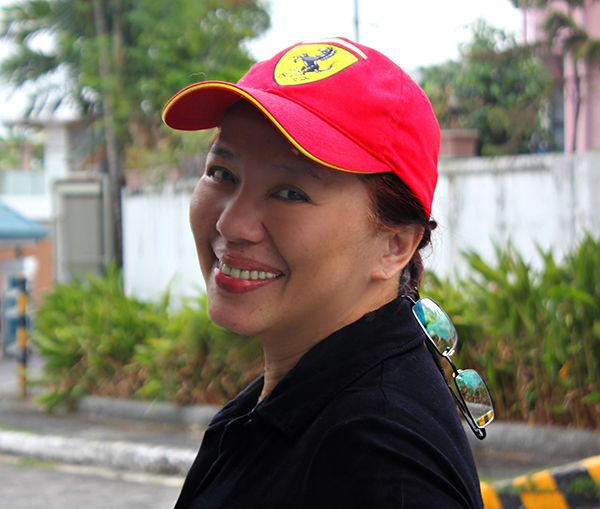
Maria Lourdes de Vera is the author of Art and the Creations Stories. She is currently working on her second book entitled The Art of Dying. She is involved in outreach programs in different major hospitals in the Philippines in the use of creative art for the adolescent and children.




